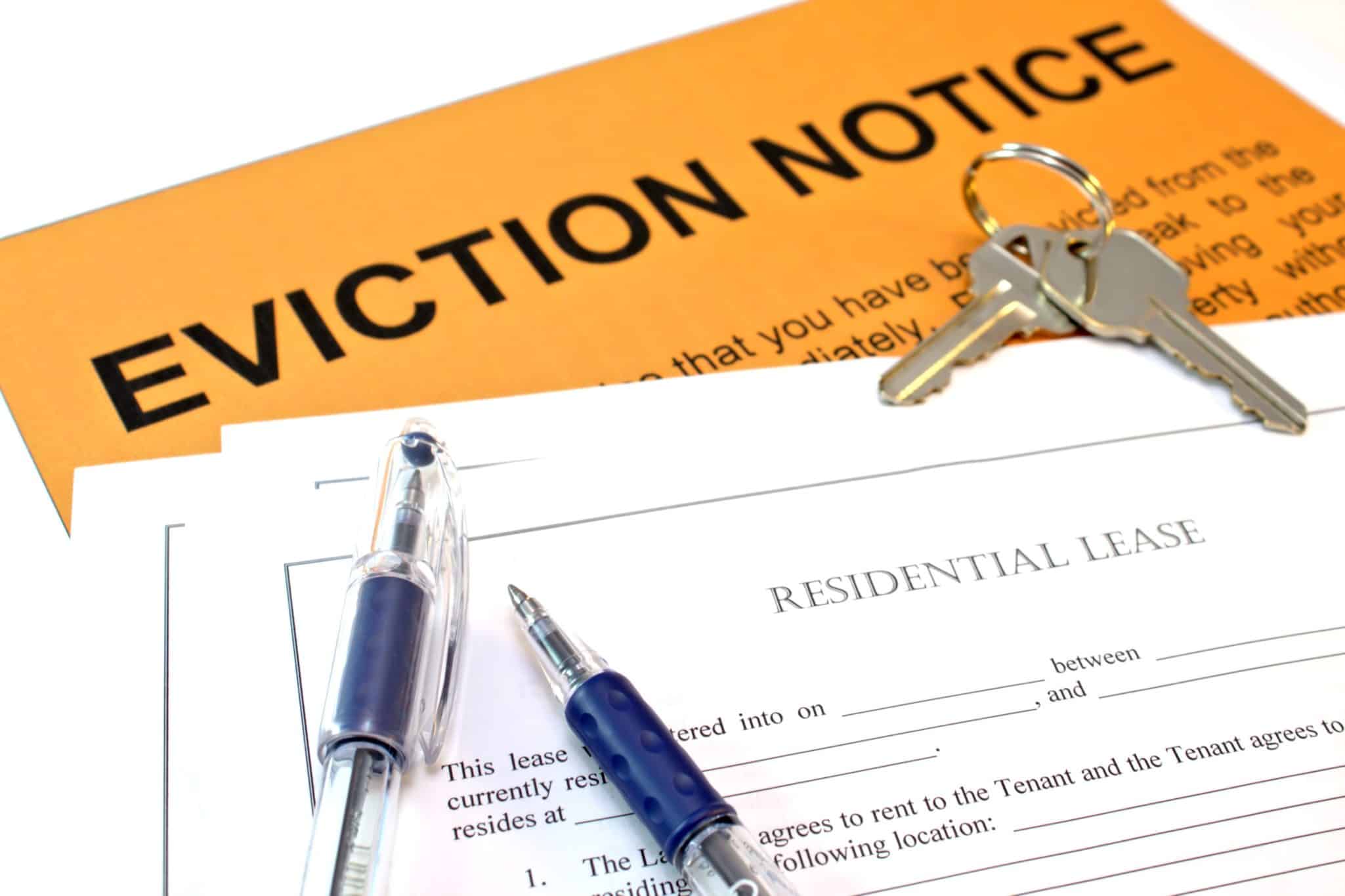Overstaying Your Welcome: An Episode of NJ Eviction Law

A Hoboken woman is probably having a good week, after finally getting the go-ahead from the NJ Supreme Court to evict tenants of a converted garage she was renting and move in herself. The unanimous court ruling determined that even a liberal reading of New Jersey State’s renter-friendly Anti-Evictiona Act still allows Cashin to expel the current tenants, Marisela Bello and her son, Martino Bello.
Property owner Anna Mae Cashin and her late husband bought the 2,435-square-foot property in 1966. On this property are a six-unit apartment building and a two-story converted garage, according to the court’s ruling.
The Cashins rented out five units in the apartment building, used the sixth for storage, and lived together in the converted carage until 1971. Two years later, the garage unit was rented to Marisela Bello.
The court’s ruling indicates that Bello pays $345 monthly for rent, a price only $5 more than when she started paying rent in 1973.
Cashin has been attempting to evict the Bellos from the garage unit since the early 1980s, more than 30 years ago, when she asked Bello to move out in order for Cashin’s daughter to live there. When Bello refused, Cashin let the issue drop, according to the ruling.
When Cashin’s husband became ill in 2009, Cashin again requested that the Bellos move out so that her son could be closer to his family. Bello again refused, despite a 60-day notice to move out issued by the landlord.
Cashin sent another 60-day notice in January of 2012, and, after that notice was ignored, filed a complaint in Hudson County Superior Court in an effort to evict Bellow.
Cashin’s complaint cited a portion of the Anti-Eviction Act, N.J.S.A. 2A:18-61. 1(1)(3) that says an owner of a building with three or fewer residential units can evict a tenant if the owner wants to move in.
Superior Court Judge Lawrence Maron dimissed the complaint with the reasoning that since there were two separate buildings on the same property, the house was not considered a single “building” under a liberal reading of the act.
The statue that Cashin referred to was passed in 1974 with the goal of protecting blameless tenants, particularly the elderly and poor, from being arbitrarily or unreasonably evicted.
A split ruling eventually guaranteed a Supreme Court review, at which point it was decided that “by the plain language of [the act], [the court] hold[s] that the converted garage constitutes its own ‘building’ for purposes of the act, and that plaintiff may therefore evict defendant,” according to Justice Faustino Fernandez-Vina, writing for the court.
“The clear language of the statue… indicates that a landlord may remove a tenant from a unit in a freestanding physical structure that contains at most three residential units. The statute’s language is not ambiguous,” said Fernandez-Vina.
Call us today for a free consultation.
